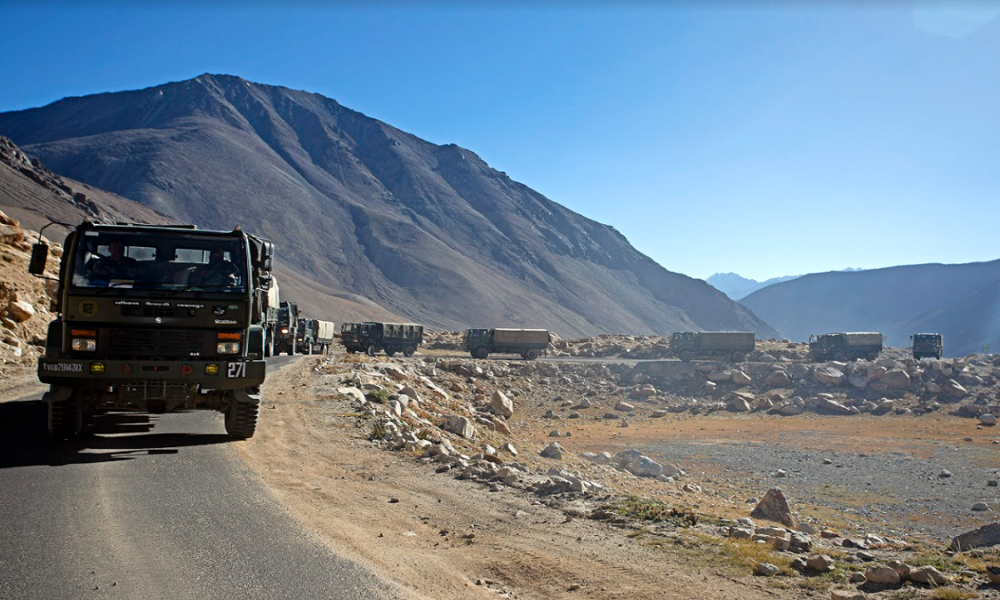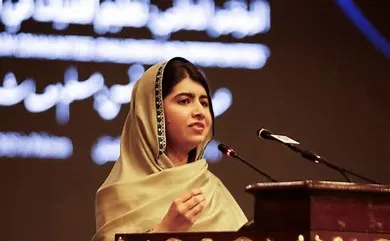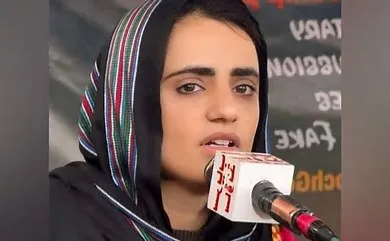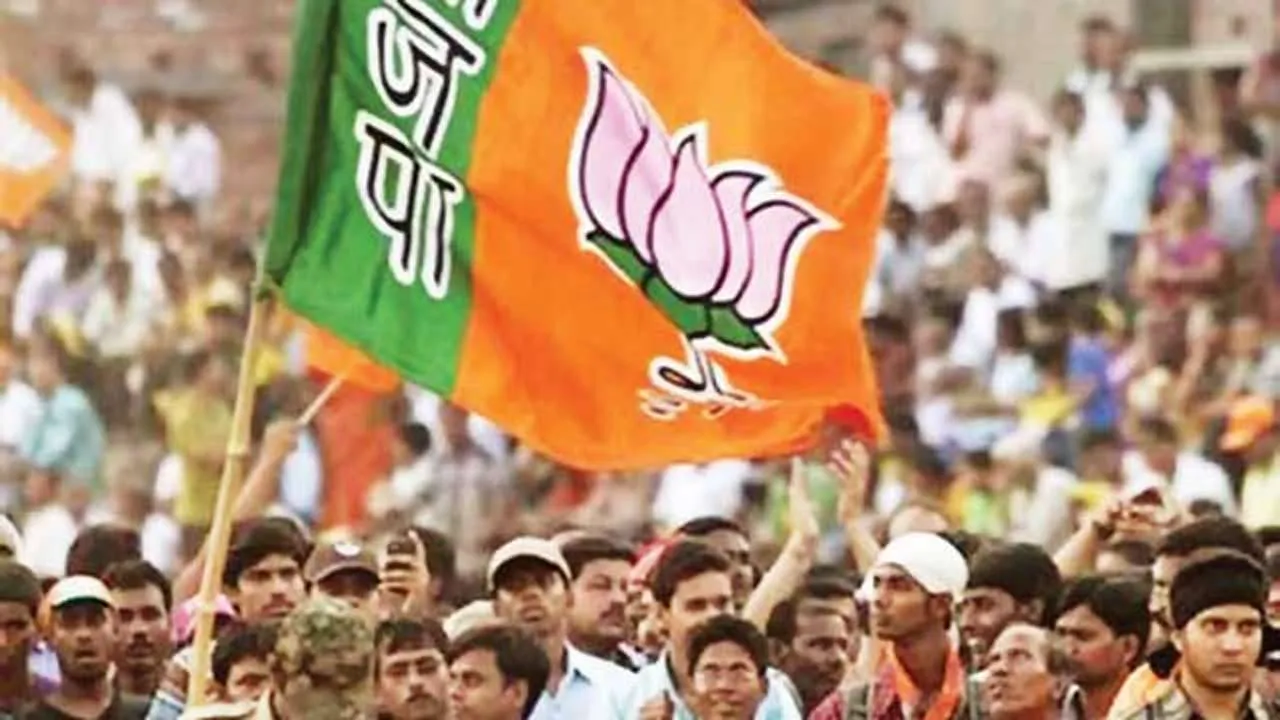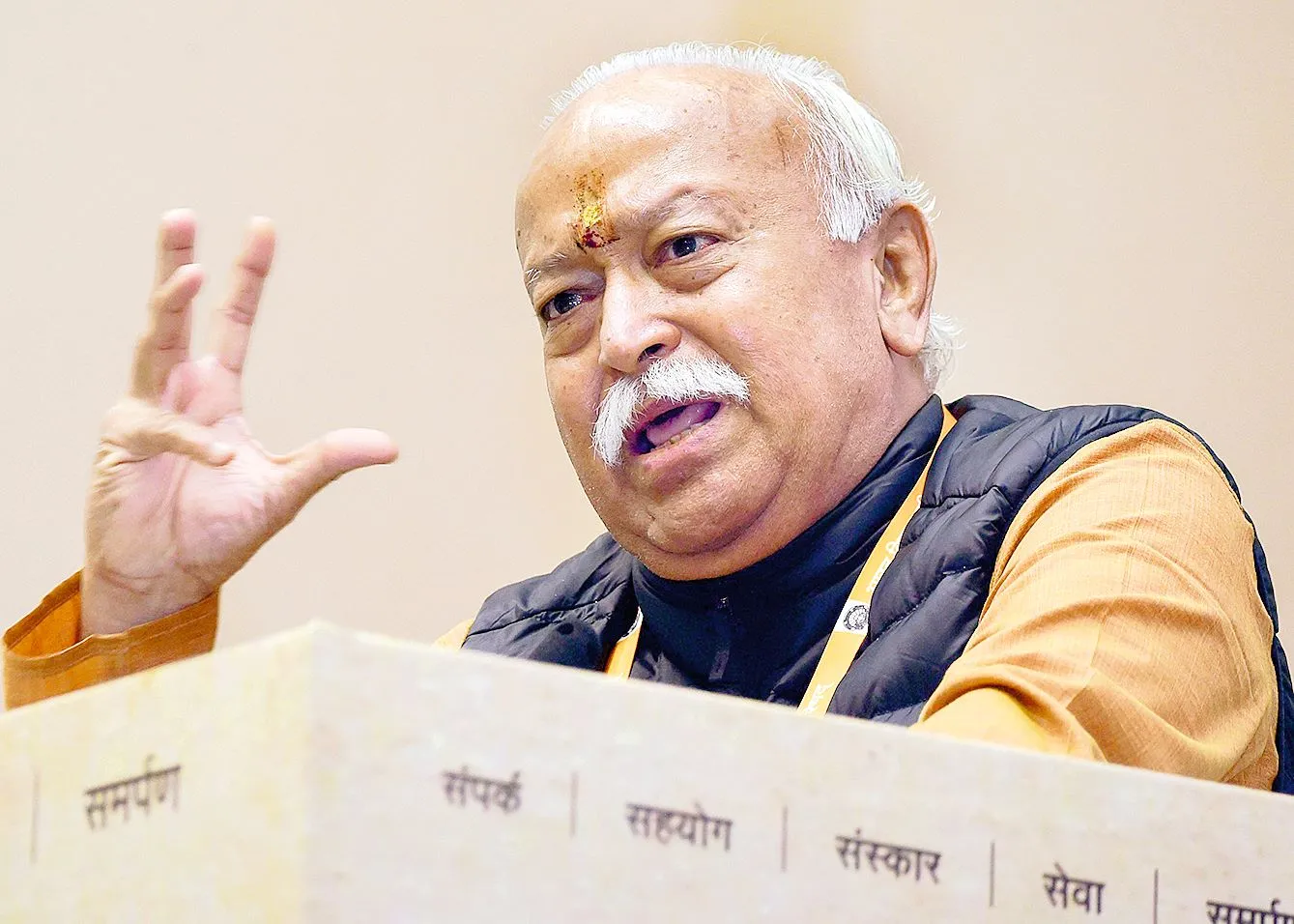The year 2020 has turned out to be very volatile for the world, more so for India. From battling the coronavirus pandemic, resulting in lockdowns and massive economic damage, to the ongoing Chinese aggression in the Ladakh-Tibet, Sikkim-Tibet frontiers and South China Sea. The belligerence of the Chinese state is fraught with huge ramifications for the US, India, Russia and South Asian nations.
Since the formation of the People›s Republic of China in October 1949 by Mao, the Chinese Communist Party (CCP) has been the unchecked power centre. It invaded and captured Tibet in 1950, and became a strategic concern for India. Beyond Tibet, the CCP eyed areas south of the Himalayan watershed. With this ambition, the Chinese Army (PLA), ingressed into India in August and October 1959, leading to loss of lives at Galwan and Longju. This was followed by a war in 1962, which ended in our defeat. We still carry that scar in sorrow.
Since the 1987 Sumdorong Chu clashes, relatively better relations have been carved out by Deng Xioping, Rajiv Gandhi, P.V. Narasimha Rao and A.B. Vajpayee. These have declined now, with frequent standoffs at the LAC. The 2017 crisis at Doklam, in the India-Bhutan-Tibet border was a stark example of CCP belligerence.
As of today, both armies are locked in a grim face-off along the LAC in Ladakh and Sikkim. The skirmishes have been “bulletless” but intense, with injuries to both sides. Flag meetings at lower levels fell through. On 6 June, military talks were held at the Ladakh Corps Commander level, which was unprecedented. This round was inconclusive, with a minor de-escalation and pull back by both armies. But the tragic loss of a Colonel and 20 brave soldiers at Galwan on Monday night has stunned our nation.
It is imperative to analyse the larger picture which has led to the face-off, which the American President has termed a “raging conflict between India and China”.
LAC crisis and Covid-19
The face-off at the LAC can’t be seen in isolation, as reactions from across the world against China for corona pandemic are sharply critical. That China is to be directly blamed is a fact beyond doubt. Enough research indicates that the virus was leaked out of the only BS 4 level Laboratory in China, deliberately or accidentally. Despite being aware of the spread of the virus in December 2019, Chinese authorities went into a brutal internal lockdown, halting all inland travel, but strangely continued international flights. Thus, Shanghai and Beijing were virtually unscathed, but the US, Italy and other nations are in chaos. The US has lost more citizens to Covid-19 than in all its wars, including Vietnam.
In India, the social media storm against the Chinese resulted in the government instituting stricter controls over Chinese contracts and investments in India. So much so that Prime Minister Narendra Modi, in an address to the nation, called for a nationwide movement to shun imports and focus on “Make in India”.
The Chinese concept of warfare articulates the use of unrestricted warfare in open terms. “We will use all means, Armed Force or nonArmed Force, lethal, non-lethal, military, non-military to compel the adversary to accept one›s interest.” We can add bio, climate, chemical and nuclear warfare to these options. Warfare is all about control of the economy and majority population. To control the economic markets and thoughts across the world, every trick or tactic is fair for the CCP.
The BRI fallout
The other reasons that have brought upon this aggression by the PLA could be a fallout of several factors. In 2017, India categorically refused to have anything to do with CPEC and BRI as the road leads through POK, and is an anathema for Indian sovereignty. It was soon after the first international BRI conference in Beijing and India’s refusal to participate that China violated Bhutanese territory at Doklam, towards the right shoulder of Chumbi Valley. The Indian Army, which is a trusted partner of Bhutan, was mobilised to defend the territorial integrity of our borders. The standoff ended with loss of face for China.
In August 2019, Parliament in a unanimous decision revoked Article 370. The revocation led to the creation of two distinct Union Territories that China and Pakistan opposed vociferously. On maps, but not in immediate intent, the areas allotted to Ladakh included parts of Aksai Chin and Shaksgam, which are under Chinese occupation. It also contains GilgitBaltistan, currently under illegal Pakistani occupation and strategic for CPEC, that is part of the larger Belt and Road Initiative of China.
Thus, the Doklam standoff, revocation of Article 370 and India’s refusal to join BRI irked Beijing, thereby presenting China with an excuse to teach India a lesson.
Since the demise of Mao in 1976, the CCP has gone through a transition from a rigid communist regime to a market-oriented state. However, control of the CCP has remained absolute, so much so that dissent of any form is quelled with brute force, be it in mainland China, Tiananmen or even Hong Kong. The internal politics in China have never been more ruthless than today. In 2017, at the 19th Party Congress of the CCP, Chairman Xi Jinping expressed his “Xi Jinping Thought on Socialism with Chinese Characteristics for a New Era”. What does this mean?
Xi’s long rule is directly proportional to the success of the Belt and Road Initiative. By the consolidation of his power for life, Xi has made many internal enemies who are also working internally to make the BRI fall apart. The huge investments made and the damage to the global economy due to coronavirus are a vital setback. BRI has been added into the constitution of China, thereby generating an excuse that the constitution of a country has to be respected. Hence technically BRI and the One China policy are enshrined in China’s constitution and their rejection is a diplomatic affront.
The focus on BRI to the point of no return and its failure will be the beginning of internal collapse. EXIM bank, AIIB and Bank of China are likely to go into distress due to the negative impact on projects already financed. The poverty levels within China are increasing due to financing carried out in several countries, which will create further anger against Xi.
Balance of Military Power
From Indian military point of view, any aggressive step by CCP is a larger ploy for BRI acceptance and to divert world attention from China. The arm-twisting tactics are a message to smaller nations to fall in line and kneel. Most dangerously, our dearest neighbour Nepal has yielded to this coercion by tabling an anti-India border bill last week. Unanimous passing of this bill in their Parliament is an ominous diplomatic failure and opens a potential 3rd front after Pakistan which is a virtual Chinese colony today.
Reports since end 2018, highlighted an increase in PLA troops in Tibet. Apart from deploying regular troops to forward areas, they have upgraded airfields at Shigatse, Lhasa and Ngari with more fighters and Radar Units inducted. These need closer study, as they may have unknown potential more dangerous than simple detection of drones or aircrafts.
Since the last Armed escalations in 1967 (Cho La) and 1987 (Sumdorong Chu) or Doklam, there hasn’t been a face-off as tense as the ongoing crisis. The CCP would like to believe that it can bully the Indian military with its aggressive behaviour, but India today is different from 1962. Also, India generates significant influence as an economic and democratic power. If India succumbs to pressure, China will next have its way in its ambitions for the South China Sea and Taiwan under its “One China” constitutional vision.
Beijing is seized by the situation in the South China Sea rim. For Taiwan, Japan or Vietnam, the Chinese Navy›s activities will remain a challenge, but China won›t precipitate a situation where the US is called out to take retaliatory action, due to treaty obligations. That leaves only India, as a regional power that China can take liberties with, while providing weapons to its vassal Pakistan, to continue the ongoing proxy war in Jammu & Kashmir.
In short, keep India occupied on two-and-a-half fronts, in order to scare smaller nations. China wants to demonstrate its ability, knowing that India is facing its worst internal crisis, which has been triggered by China’s coronavirus. In one month already, skirmishes with PLA have taken place in Sikkim, Galwan Valley and Pangong Tso sectors. Galwan is the strategic gateway to the Aksai Chin valley and even in 1962 it or Naku La pass did not witness major clashes in the actual war. The tragic loss of so many of our soldiers at Galwan can once again be a prelude to a larger conflict soon.
Options for India
The Chinese art of warfare revolves around winning a conflict without firing a shot, which is how the confusion over the perception of existing lines of the LAC vary. There is a vast information warfare machinery, some embedded in India, to mount campaigns against the government. This nibbling tactic has led to loss of precious territory by India, in recent decades. It has led to bitter political battles, which the CCP takes advantage of.
Despite the standing military balance stacked in favour of China, it must be remembered that it is always the man behind the machine and his resolve to fight that wins wars. The Indian soldier fights where he’s ordered to, under whatever circumstances. We have battle-hardened troops who have faced several insurgencies and displayed gallantry. On the contrary, the same can’t be guaranteed of the Chinese PLA soldiers, who have been seen to be riskaverse under fire — it has happened in Vietnam, Sikkim as well as during the UN operations in Sudan. The one-child policy is a major factor for the Chinese soldier and the internal health of the PLA is weaker than Korea/1962. They may have reached Pangong Tso and Galwan, but now we need to throw them out
The key battle factors
The crucial factor of surprise has been lost. But eviction is imperative, to hold off both China and Pakistan from developing a pincer in Ladakh and Siachen. This can only be done by using all available military-civil air assets to deploy additional troops and weapons on the ground.
Once mobilisation is demonstrated, bring all MHA forces, ITBP, BSF, Assam Rifles, SSB (on Nepal border) under the operational control of the Army for six months. Next, clearly announce complete re-raising of the Brahamastra mountain strike corps. In conjunction, move strategic assets to designated launch pads in the East. Aggressively expand the war zone into the high seas. Completely dominate the Indian Ocean and create multiple pressure points for China that its Navy can’t deal with.
Areas where India has terrain advantage like Sikkim and Arunachal, need to be reinforced by elite units. Clearly, the decision for escalation to the point of shots being fired needs to be with the junior Commanders. Freedom of intent has to be given to them, to forcefully evict any new Intrusion. The forces must also issue a call out notice to all veterans of the last 4 years, below Brigadier ranks, to rejoin their regiments. This will be a clarion call and a signal to both China and Pakistan.
History has witnessed that no two major nations, with large common borders, can be at peace for long. More than a vacillating US, it is to an age-old friend, Russia, that is more uncomfortable with China’s increasing economic and territorial ambitions, that we must look towards. If we lose today, the Bear may be the next victim of the Dragon.
Since intrusion commenced in April, it will last till October. This gives enough time for the world to recover from the corona crisis. Primarily the US, UK, Australia, Russia, Germany, Taiwan and Japan will react. They must make the bio-war a rallying fulcrum to take punitive actions against China. The message to China from across the world should be that hegemony and monopoly is not acceptable.
China of 2020 is far worse than the battle-hardened China of 1962. The residual powers of CCP can last only for 5 years more, before China collapses internally. We must re-seize the initiative, to wrest out victory, even if it’s achieved at great sacrifice. If we need any more inspiration, then we just need to look at tiny Vietnam or Israel. Or re-read the order to a despondent 4 Corps by F.M. Manekshaw, the greatest Gorkha leader ever: “Gentlemen there will be no retreat without written orders and those orders will never be written”
Jai Hind!
The author is a veteran with special forces and J&K experience.
Col Ashish Khanna, SM (Retd) is a defence analyst, with special forces and counter insurgency experience.

